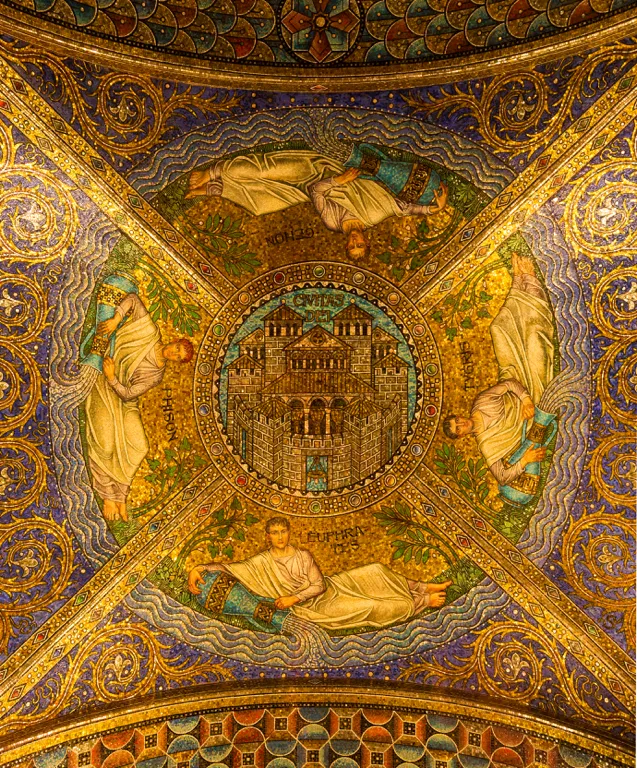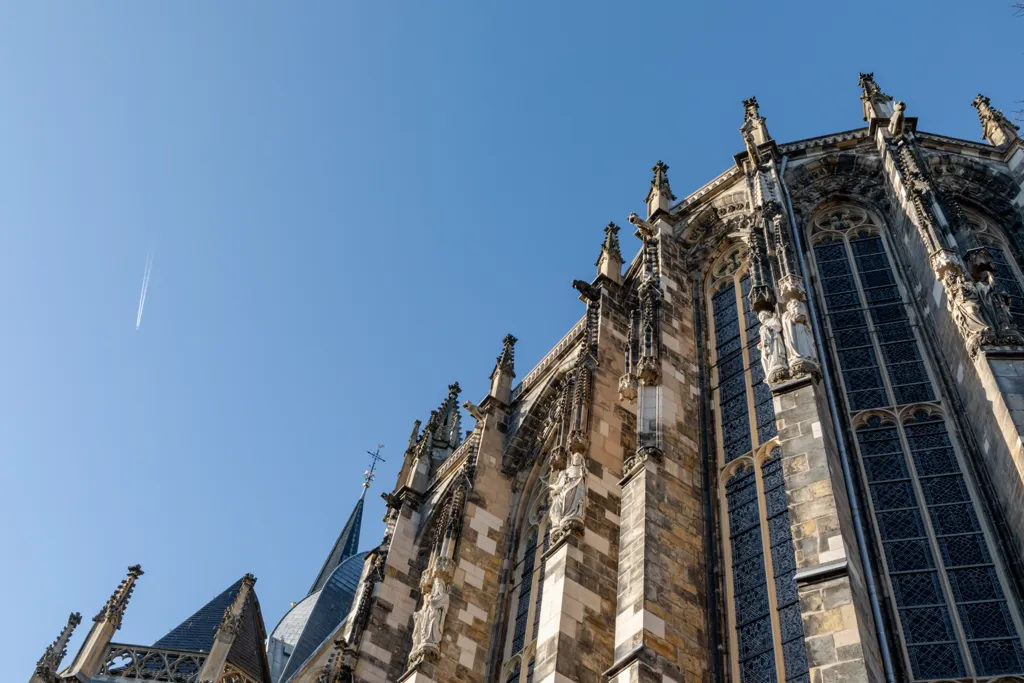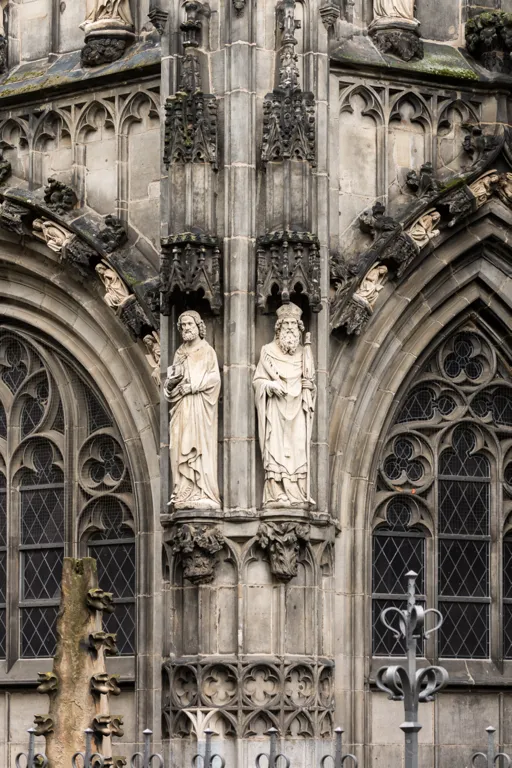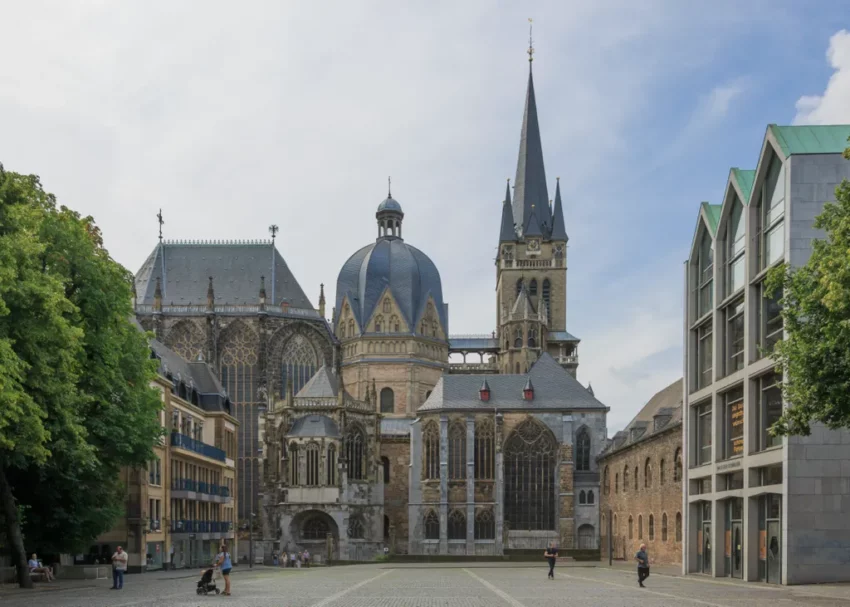Historical Overview of Aachen Cathedral
Aachen Cathedral, also known as the Aachener Dom, is a Roman Catholic church located in Aachen, Germany. It serves as the cathedral of the Diocese of Aachen. This cathedral is not only a religious building but also a historical edifice that encapsulates the architectural and cultural zeitgeist of various epochs in European history.
Get your dose of History via Email
Origins and Carolingian Era
The construction of Aachen Cathedral began around 796 AD under the patronage of Emperor Charlemagne. It was originally built as the royal chapel of the Palace of Aachen and was part of a larger palatial complex. The architect credited with its design is Odo of Metz. The cathedral was consecrated by Pope Leo III in 805 AD, marking its completion and religious significance.
Charlemagne, who was buried in the cathedral in 814 AD, initiated a tradition that saw the cathedral become the coronation church for German kings. From 936 to 1531, thirty-one German kings and twelve queens were crowned in this historic chapel.

Architectural Significance
The core of Aachen Cathedral is the Carolingian-Romanesque Palatine Chapel, which is an octagonal structure inspired by Byzantine architecture, particularly the Basilica of San Vitale in Ravenna. This chapel is renowned for its centralized plan and the intricate dome, which was a pioneering architectural feat north of the Alps during its time.
The Gothic choir, added in 1355, represents a significant transformation in the cathedral’s architectural style, introducing elements such as vast stained glass windows which were designed to accommodate the throngs of pilgrims visiting the shrine of Charlemagne.
Medieval to Modern Transformations
Throughout the centuries, Aachen Cathedral has undergone numerous modifications and restorations. Notably, during the 14th century, the Gothic choir hall was added to accommodate the increasing number of pilgrims. The cathedral suffered damage during World War II but retained its basic structure. Post-war restoration efforts were significant, with the original artistic elements carefully preserved or restored.

UNESCO World Heritage Site
In 1978, Aachen Cathedral was listed as one of the first UNESCO World Heritage Sites, recognized for its outstanding universal value, particularly its artistry, architecture, and its pivotal role in the history of the Holy Roman Empire.
Artistic and Cultural Treasures
Aachen Cathedral houses numerous treasures that span various artistic periods. These include the Throne of Charlemagne, the Barbarossa chandelier, and the Pala d’Oro altarpiece. The cathedral’s treasury is among the most important ecclesiastical treasuries in northern Europe, containing priceless artifacts that attract scholars and visitors globally.

Conclusion
Aachen Cathedral stands as a monument not only of religious importance but also as a beacon of cultural and historical significance. Its architecture is a testament to the ingenuity of its builders and the enduring legacy of the Holy Roman Empire. As a site of pilgrimage and royal power, it continues to draw visitors from around the world, preserving its status as a critical piece of European heritage.
Sources:

